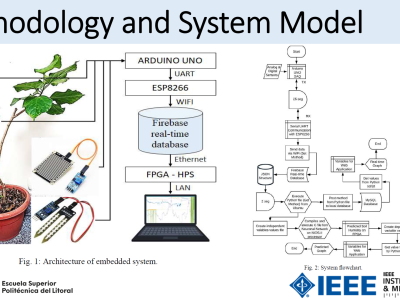Data4RACTC

- Citation Author(s):
-
Xuan MaZepeng BaoMing ZhongYuanyuan ZhuChenliang LiJiawei JiangQing LiTieyun Qian
- Submitted by:
- Zepeng Bao
- Last updated:
- DOI:
- 10.21227/r9q2-8036
 32 views
32 views
- Categories:
- Keywords:
Abstract
In this work, we study urban dynamics at the census tract level.
Information on census tracts and their corresponding geographic boundaries is available through the US Census Bureau survey. Each predetermined census tract is treated as a region. We use the GPS coordinates to compute the distance between two region nodes.
We then extract the geospatial data including categories of points of interest and road networks from the OpenStreetMap platform, and use the POI category information as regions' nominal attributes.
Instructions:
For the ithith region, if it has the jthjth POI category attribute, the entry aijaij in the region attribute matrix is set to 1, and 0 otherwise. For the ithith and jthjth region, the entry dijdij in the region distance matrix is computed using the Haversine formula:
dij=2Rarcsin(sin2(latj−lati2)+cos(latj)cos(lati)sin2(lonj−loni2))dij=2Rarcsin(sin2(2latj−lati)+cos(latj)cos(lati)sin2(2lonj−loni))
where RR is the radius and latlat and lonlon denote the latitude and longitude.







